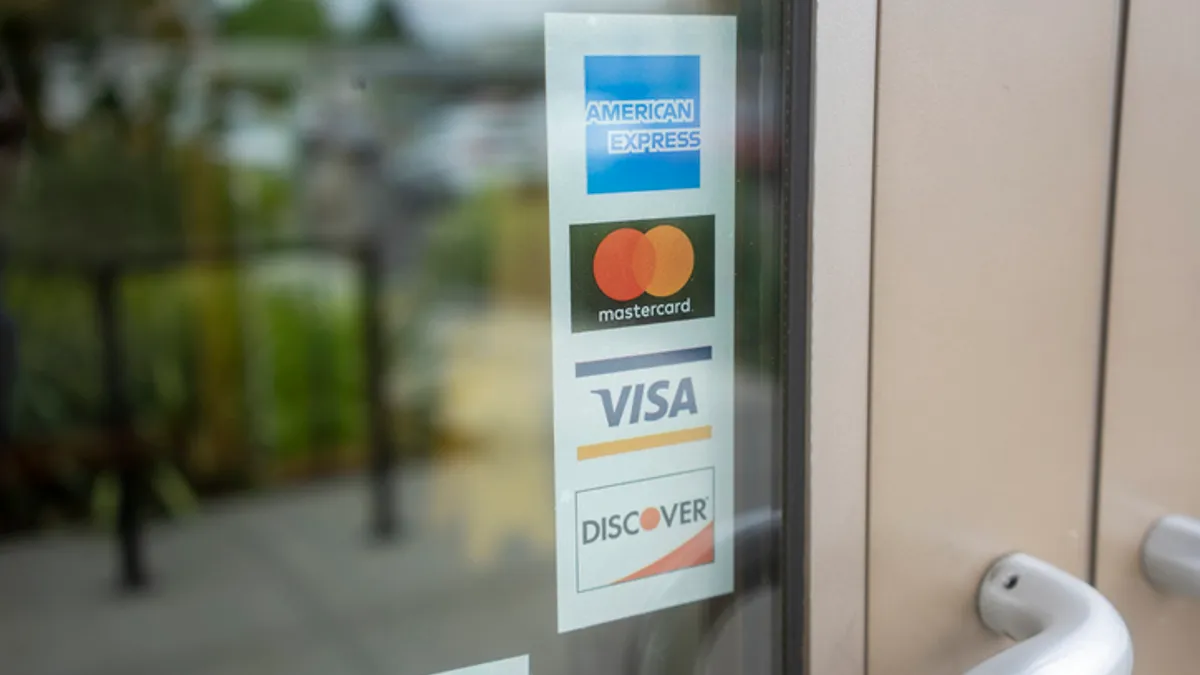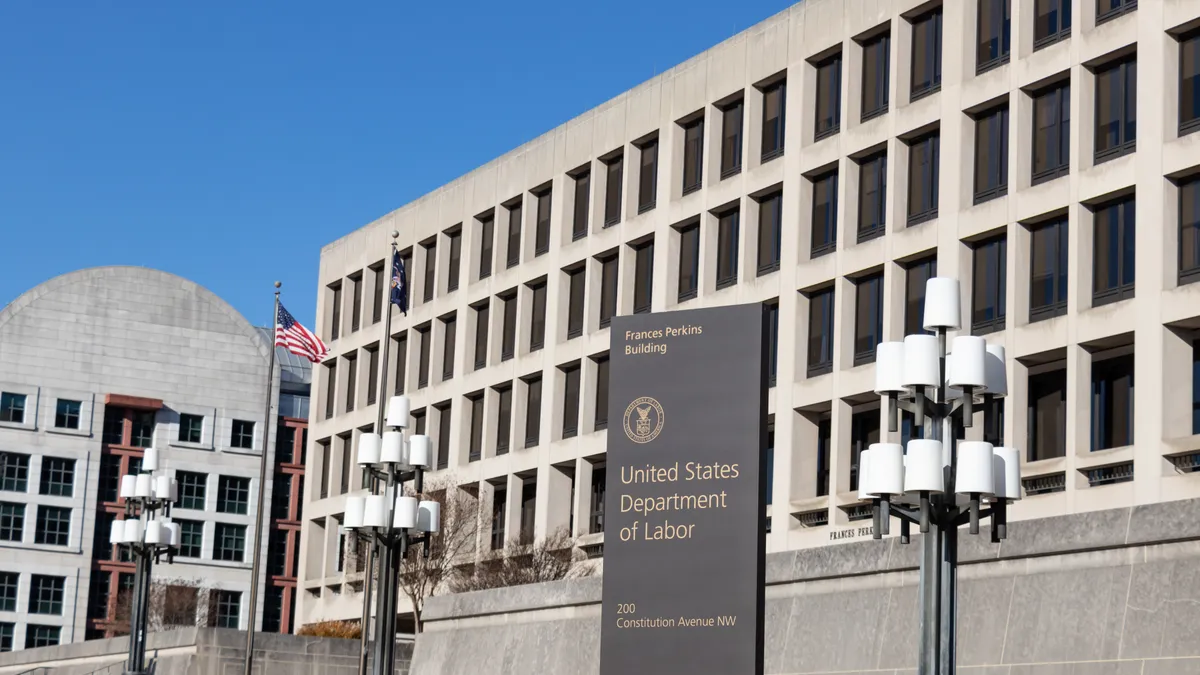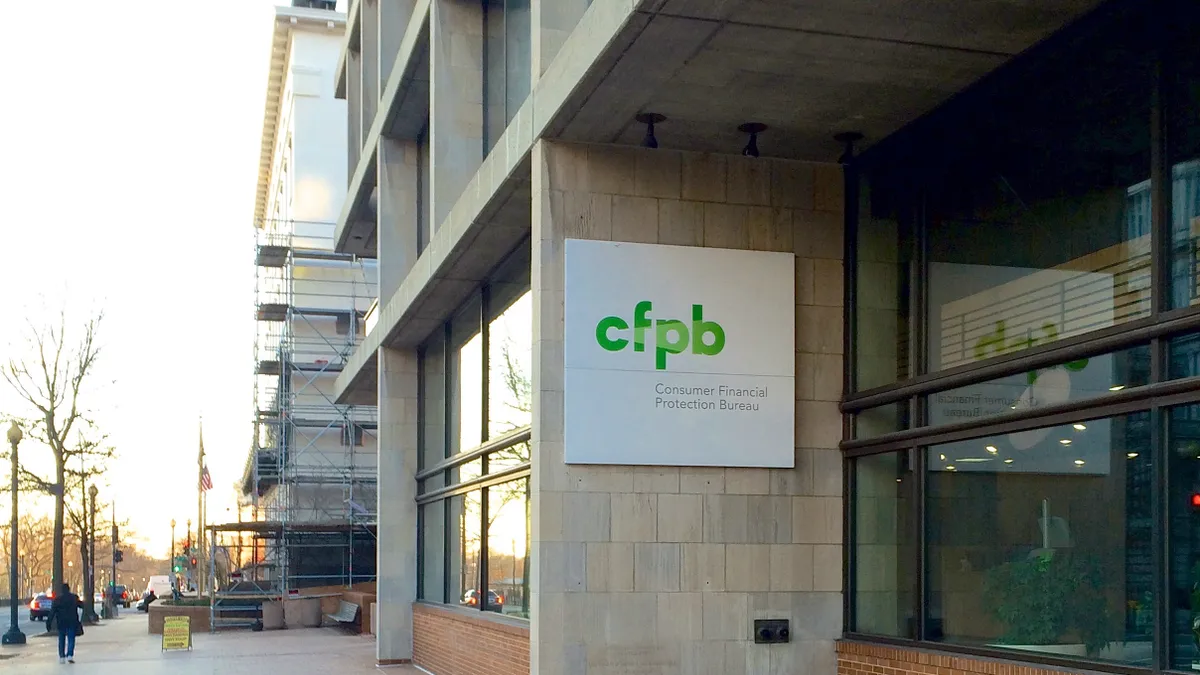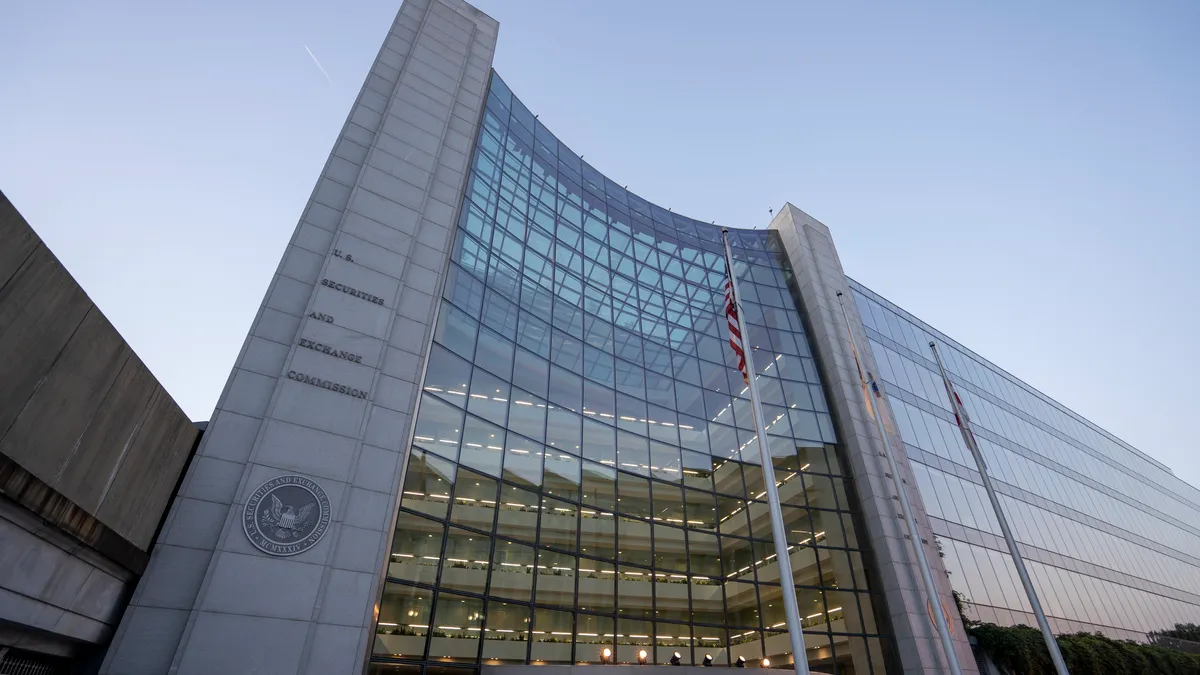Aurelien Portuese is research professor in the Institute of Public Policy at George Washington University. Views are the author’s own.
The financial landscape in the United States is rapidly evolving, with payment volumes rising and new entrants challenging established players. Nonetheless, the Department of Justice in September decided to target Visa, accusing the payment provider of monopolizing the debit transaction market.

Recently, the DOJ has been taking on corporations merely because of their market share percentages, even if said corporations are benefiting consumers and not interfering with the competitive marketplace. Its case against Visa is no exception and threatens to stifle innovation and hinder competition in the payment industry.
Increasing payment volumes
In its complaint, the government admits that payment volumes have grown, with fintech companies entering the market, providing innovative solutions and alternatives to traditional debit and credit card transactions. It recognizes that new players — PayPal and Square — as well as older established players — Mastercard and Apple — have real, significant presences.
Indeed, the evolution of digital wallets, alternative payment networks like real-time payment systems, and increased consumer adoption of peer-to-peer payment platforms challenge the notion of a monopolized landscape, with fintech networks processing billions of transactions annually and providing consumers with alternatives to Visa’s network.
However, by focusing on the structure of market dominance rather than actual competitive outcomes, the government is offering a clever maneuver to avoid these otherwise counterintuitive antitrust facts.
To demonstrate antitrust injury, the government needs to substantiate consumer harm under U.S. antitrust laws. In order to do so, the government is emphasizing Visa’s market share and contractual agreements, presenting them as self-evident support of anti-competitive behavior.
But consumer welfare matters. New market entrants are already developing lower cost alternatives for transactions, leveraging automated clearing house and RTP. This rise of competition in the financial marketplace would not be occurring if a single entity, like Visa, controlled the ecosystem.
Thus, the increase in market players and payment volumes underscores a dynamic marketplace, not one monopolized by Visa or any other payment processor. In other words, innovation — not monopolization — drives the evolution of the fintech industry.
Constantly under threat of disruption by new entrants, Visa must adapt and innovate through partnerships and investments. These partnerships and investments, rather than being efficiency defenses to antitrust claims, prove to be efficiency offenses under the misguided government’s analysis.
Federal law mandates competition
The very existence of the Durbin Amendment to the Dodd-Frank Act undercuts the notion of a Sherman Act violation against Visa because the amendment mandates that every debit card must have at least two unaffiliated networks, ensuring competition in transaction routing. Even if Visa holds a significant market share, merchants can choose to process transactions through alternative networks, such as MasterCard or regional providers. This requirement inherently limits Visa’s ability to monopolize the debit card market, as it prevents the company from having exclusive control over transaction processing.
Regulation is the limiting actor
While some would like to see even more debit card competition, the reason for this lack of additional competition is due to government regulations, not anti-competitive activity.
Take, for example, the Durbin Amendment. By mandating the use of two debit markets for each card, the amendment has mandated marketplace diversity in some ways, but it may also be threatening it in others by creating compliance burdens. Not all businesses have the administrative capacity to manage multiple routing preferences, the legal resources to maintain these networks or the finances to increase the cost to upgrade their infrastructure to support multiple networks. If the financial costs are too large, these requirements may be unintentionally favoring larger players like Visa and Mastercard.
If these regulatory barriers are doing more harm than good, the federal government should modify or eliminate them. Instead, the DOJ is misusing antitrust law to blame corporate greed for a problem that is not the fault of the private sector.
Conclusion
The payment processing market is dynamic and evolving, with technologies and players entering the scene, and is being shaped by innovation, consumer demand, and regulatory burdens.
The DOJ’s antitrust challenge fails to account for both the incredible market innovation and disruption that undermine claims of monopolizations by Visa, but also fails to account for the regulatory-mandated choice that Visa has to offer to its customers, hence undermining claims of the lack of consumer choice in the sector.
Efficiency should be a defense to antitrust claims, not an offense. Unfortunately, this case demonstrates that partnerships and adaptation to bring more innovation to customers can be wrongly perceived as a source of monopolization rather than the very roots of market dynamism. Antitrust enforcement needs to avoid atavism, and embrace progress. This case is a poster child for such a need.
Editor: An earlier version of this opinion piece identified Sarbanes-Oxley as the federal legislation that carried the Durbin Amendment. It was the 2010 Dodd-Frank financial reform law that did.


















